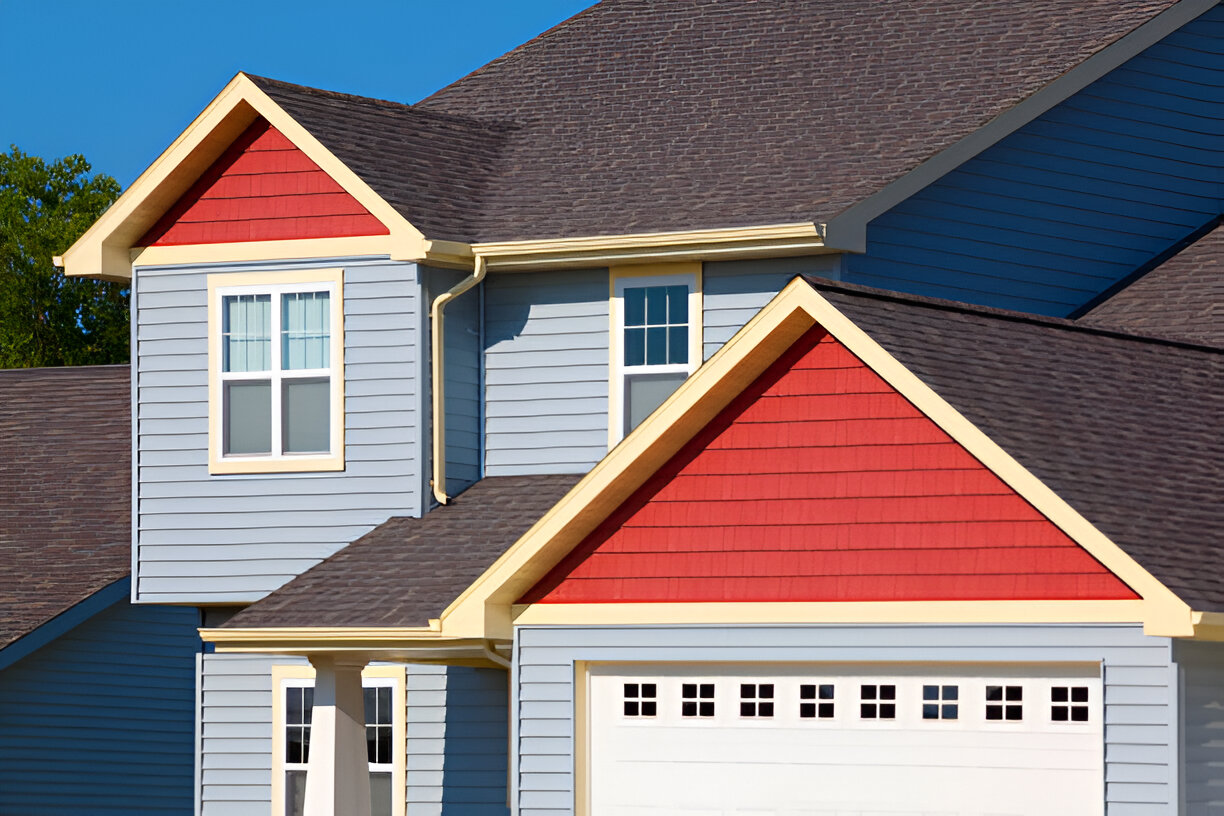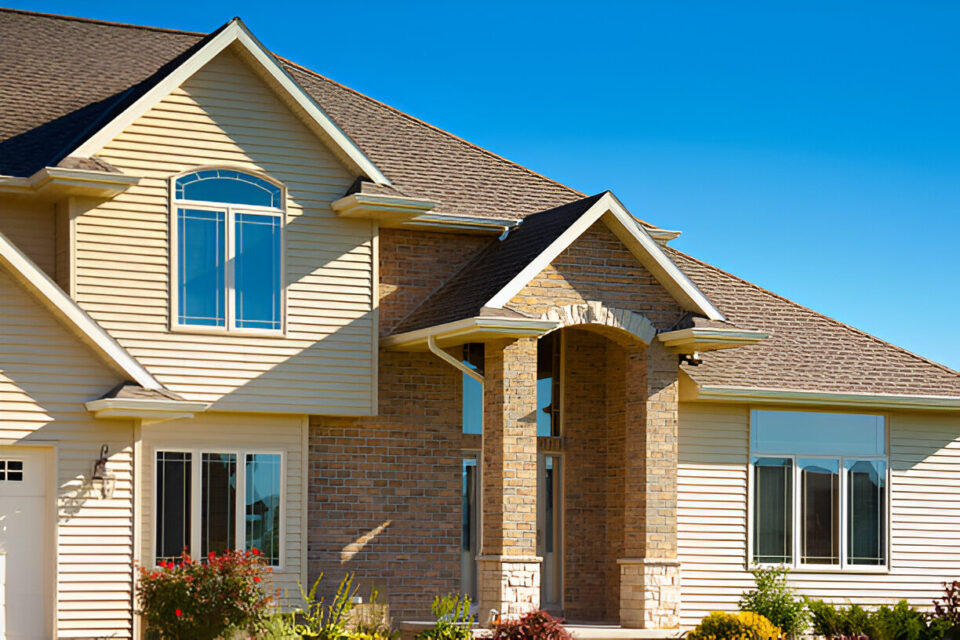Being in a sunny region means your home’s siding is exposed to strong UV rays all the time. A failure to choose suitable exterior materials can lead to fading, warping, or cracks that will require expensive fixes. Finding siding that can withstand direct sunlight ensures your home is defended and your maintenance effort low.
If you seek professional help, turn to a contractor such as contractor , who are renowned for reliable and durable siding. They are experts and offer the best composite siding installation service.
What Makes Siding Sun-Resistant?
Not all siding handles sunlight equally. The best options for sun-drenched areas share these key traits:
- UV Resistance: Stopping the sunlight from bleeding or fading out colors in the fabric.
- Heat Tolerance: Will not be damaged by heat above 500°F.
- Low Maintenance: It does not take much upkeep to look its best.
- Energy Efficiency: Helps to keep the temperature inside the house from changing.
Top Siding Materials for Sunny Climates
1. Fiber Cement Siding
- Why It Works: Protects against fading, cracking, and damage caused by moisture.
- Bonus: Mimics wood or stucco but with far less upkeep.
- Best For: Homeowners wanting durability without sacrificing style.
2. Engineered Wood Siding
- Why It Works: Treated to resist UV damage better than natural wood.
- Bonus: Offers a classic look with modern performance.
- Best For: Those who love wood’s aesthetic but need more resilience.
3. Metal Siding (Aluminum/Steel)
- Why It Works: Keeps out heat, won’t fade over time, and is sturdy through all kinds of weather.
- Bonus: Fireproof and pest-resistant.
- Best For: Extreme climates with high heat or wind.

4. Vinyl Siding (UV-Resistant Grades)
- Why It Works: Affordable and now available with UV-blocking coatings.
- Bonus: Easy to clean and replace if needed.
- Best For: Budget-conscious homeowners in moderate sun zones.
5. Composite Siding
- Why It Works: Uses various materials to create an outstanding barrier against sun rays and moisture damage.
- Bonus: You can find eco-friendly options that need very little attention.
- Best For: Those who appreciate companies that support sustainability in the long run.
Why Fiber Cement Leads the Pack
Fiber cement outperforms other materials in sunny climates thanks to its:
- Color retention (no frequent repainting).
- Non-combustible nature (ideal for fire-prone areas).
- Minimal upkeep (just occasional cleaning).
Professional Installation Matters
Even the best siding fails if installed incorrectly.
A composite siding installation service ensures:
- Proper sealing against moisture.
- Correct fastening to prevent warping.
- You will have peace of mind with extended warranty protection.
Final Tips for Sun-Resistant Siding
- Prioritize quality over cost—cheaper materials may fade or degrade faster.
- Check warranties for UV protection guarantees.
- Visit contractor or other experts in your community to ensure you use the right siding for the climate in your area.
Final Thoughts
Sun-resistant siding stops your home from aging because of UV rays but still retains its attractiveness. Fiber cement, engineered wood, and metal are all known for their durability, while UV-resistant vinyl and composite are more affordable.
Get the best results by choosing contractor to handle the installation of your composite siding. Choose high-quality materials and see to it they are installed well so your home is always safe and looks its best.

